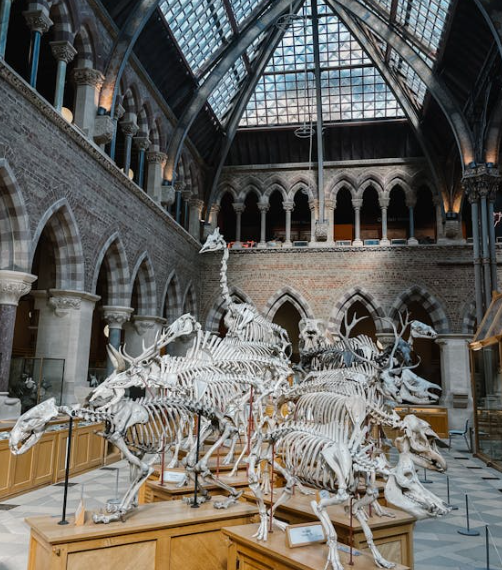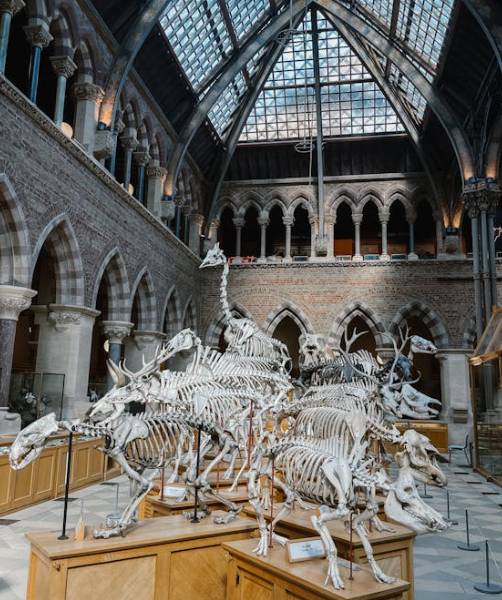Since 1873, when Heinrich Schliemann, a German businessman and archaeologist, discovered what is believed to be the city of Troy in modern Turkey, people have generally accepted that Troy was a real place. There’s some evidence that the walls of the city were damaged around the time of the Trojan War, which is thought to have happened between 1275 and 1260 BC. However, it’s not clear if this damage was caused by a war, a natural disaster, or something else entirely.
Now, let’s talk about the famous Trojan Horse. Some people wonder if it was a real object or just a symbol in stories. There are different ideas about what the horse might have been. Some think it could have been a type of siege tower or a battering ram used in warfare. Others suggest it could have represented a natural disaster like an earthquake or even a ship carrying Greek soldiers. Homer, the writer of the Iliad, referred to ships as “horses of the deep,” and the Greek playwright Euripides compared the horse to the dark hull of a ship.
Despite some reasonable explanations, the ancient stories mostly describe the Trojan Horse in very detailed and realistic ways. We even know the name of the Greek who built it (Epeius) and where he got the wood (Mount Ida). The horse was made with wheels so it could be moved, and the Trojans used flax ropes to pull it into the city. It had flexible parts like its tail, knees, and eyes. Some writers said it could open on the side, and the Greeks climbed out using ropes or ladders.
As for how many Greek soldiers were inside, different ancient authors and artworks give different numbers. Some say 30 soldiers were hidden, others say 50 or 100. One source even says 3,000, which is probably wrong. But even with fewer soldiers, it would have been very crowded inside. That’s why ancient stories talk about hearing rattling sounds from inside the horse when it moved, caused by the soldiers’ weapons and armor.
Regardless of how many soldiers were inside, it’s obvious that using a horse as a trick wasn’t a typical military strategy. It depended on cleverness and catching the Trojans off guard, much like something Odysseus would do. This trick with the horse could only be done once.
Lastly, we might wonder why they picked a horse for the trick. Why not use something else? What does the horse symbolize?
During the late Bronze Age, around the time of the Trojan War, horses were really important in the ancient Mediterranean. They were used for travel, as transportation, and showed wealth and status. Pottery from that time shows warriors on horses with weapons, and horses were a big part of war.
In the stories from Homer, written about 500 years later, both Trojan and Greek fighters are shown to have strong connections to their horses, treating them almost like part of themselves in battle. Many Greeks and Trojans even had names that came from horses (like Hippasos, Hippodamas, and Hippomachos – “hippos” means horse in ancient Greek). The Trojans especially were known for their horses; Homer called them “Tamers of Horses” because they were good at breeding horses. This could also represent the war itself being brought into the city in the form of the horse.
The Trojan horse isn’t just about humans fighting at Troy; it also has a connection to the goddess Athena. She’s all about wisdom, war, and knows a lot about horses too, which makes her linked to the horse’s presence. She’s said to have helped Epeius make the horse by appearing in his dreams. The Greeks left the horse at Troy as a gift to Athena, but it was really a trick to fool the Trojans.
Even though ancient stories and pictures of the horse seem realistic, we can’t be completely sure if the story is true or not. Too much time passed between the events and when they were first written down. Whether it’s true or not, the tale of the Trojan horse has always been popular because it’s about bravery, cleverness, and trickery, which are values that people have always liked hearing about.










